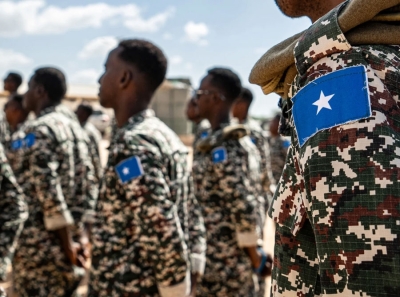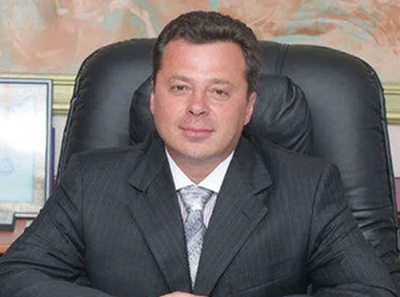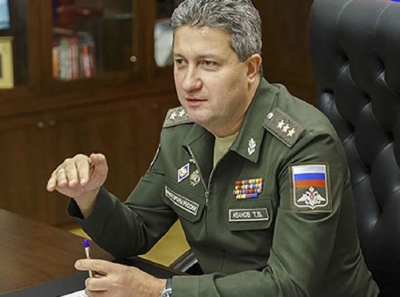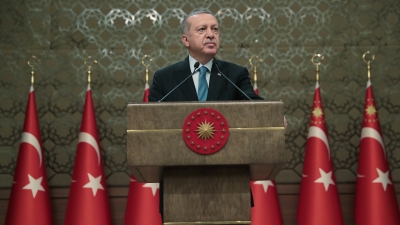This article is co-published with The Texas Tribune, a nonprofit, nonpartisan local newsroom that informs and engages with Texans. Sign up for The Brief Weekly to get up to speed on their essential coverage of Texas issues.
UVALDE, Texas — Law enforcement agencies across the country should immediately prioritize active shooter training, U.S. Attorney General Merrick Garland said Thursday as he released a scathing report about the handling of the 2022 massacre in Uvalde, Texas, in which lives could have been saved if training protocols had been followed.
The Justice Department’s long-anticipated report about the shooting found that “cascading failures of leadership, decision-making, tactics, policy and training” led to the bungled response, which Garland said should never have happened. Nineteen children and two teachers were killed on May 24, 2022.
“Had law enforcement agencies followed generally accepted practices in an active shooter situation and gone right after the shooter to stop him, lives would have been saved and people would have survived,” Garland said during a news conference on Thursday.
The report’s findings about the failure to follow protocol and the lack of sufficient training to prepare officers for a mass shooting largely mirrored the flaws revealed in a Texas Tribune, ProPublica and FRONTLINE investigation published last month that found that states require students and teachers to receive far more training to prepare them for a mass shooting than they require for the police. At least 37 states require schools to conduct active-shooter-related drills, nearly all on an annual basis. But Texas is the only state that mandates that all of its police officers complete repeated training, at least 16 hours every two years. That requirement was implemented after the Uvalde shooting.
Garland said the report was produced in an effort to offer lessons that would hopefully better prepare law enforcement across the country to respond to future mass shootings. It offered recommendations that included requiring all agencies in a region to train together and providing officers across the country with at least eight hours of active shooter training annually.
The vast majority of at least 380 officers from about two dozen local, state and federal agencies who responded to the school had never trained together, “contributing to difficulties in coordination and communication,” the report stated.
“Our children deserve better than to grow up in a country where an 18-year-old has easy access to a weapon that belongs on the battlefield, not in a classroom,” Garland said. “And communities across the country, and the law enforcement officers who protect them, deserve better than to be forced to respond to one horrific mass shooting after another. But that is the terrible reality that we face. And so it is the reality that every law enforcement agency in every community across the country must be prepared for.”
Mo Canady, executive director of the National Association of School Resource Officers, said in an interview that he appreciates the emphasis the Department of Justice placed on widespread active-shooter training. Still, Canady said he is frustrated that leaders have not already learned that “25-year-old lesson” after the shootings at Columbine High, Sandy Hook Elementary and Marjory Stoneman Douglas High School.
Since the 1999 Columbine shooting, law enforcement officers have been trained to prioritize stopping the shooter. The report stated that everything else, including officer safety, should be secondary, adding that efforts to engage the shooter “must be undertaken regardless of the equipment and personnel available.”
“We’ve got to understand what the priorities are and, quite frankly, I see there are not a lot of priorities greater than keeping students safe at school,” Canady said.
Kimberly Mata-Rubio, whose 10-year-old daughter Lexi was killed in the shooting, said she hopes the report’s findings lead to action, that “the failures end today and that local officials do what wasn’t done that day, do right by the victims and survivors of Robb Elementary: terminations, criminal prosecutions and that our state and federal government enacts sensible gun laws.”
Garland directed questions about whether any officers who responded to the shooting would be criminally charged to the local district attorney, saying that was not within the jurisdiction of the federal government. Uvalde District Attorney Christina Mitchell initially planned to present her case to a grand jury in late 2023 but later told the Associated Press that her investigation would continue into this year. Mitchell said in a statement Wednesday that her office “will continue our independent review for any potential criminal charges.”
The district attorney and the Texas Department of Public Safety have fought the release of records related to the shooting, prompting news organizations, including ProPublica and the Tribune, to sue. A Travis County district judge ruled in the newsrooms’ favor last month, but DPS appealed. The agency did not respond to requests for comment about the Justice Department’s report.
Texas Gov. Greg Abbott, who initially praised the response and later said he was misled, released a statement thanking the Justice Department. He said the state has already adopted some of the recommended measures and would review others.
The report, which offers the most comprehensive account to date from authorities about the shooting, echoes many findings from a probe released by a state House committee two months after the shooting.
In presenting the new report’s findings, Associate Attorney General Vanita Gupta criticized initial misinformation and conflicting accounts provided by officials, including Abbott and DPS.
The report noted that the “misguided and misleading narratives, leaks, and lack of communication about what happened on May 24 is unprecedented and has had an extensive, negative impact on the mental health and recovery of the family members and other victims, as well as the entire community of Uvalde.”
The previous mayor of Uvalde requested the federal review days after the shooting when it became clear that the response was flawed. The review was led in part by Sheriff John Mina of Orange County, Florida, who was the incident commander during the 2016 Pulse Nightclub massacre in Orlando.
An outside review of that incident found that Florida officers, who waited three hours to take down the shooter, mostly followed best practices, although it stated that the law enforcement agencies in Orlando should update their training and policies.
In multiple after-action reviews, including the Pulse report, authors opted not to criticize significant law enforcement delays during mass shootings, according to an analysis of more than three dozen of these reports by ProPublica, the Tribune and FRONTLINE.
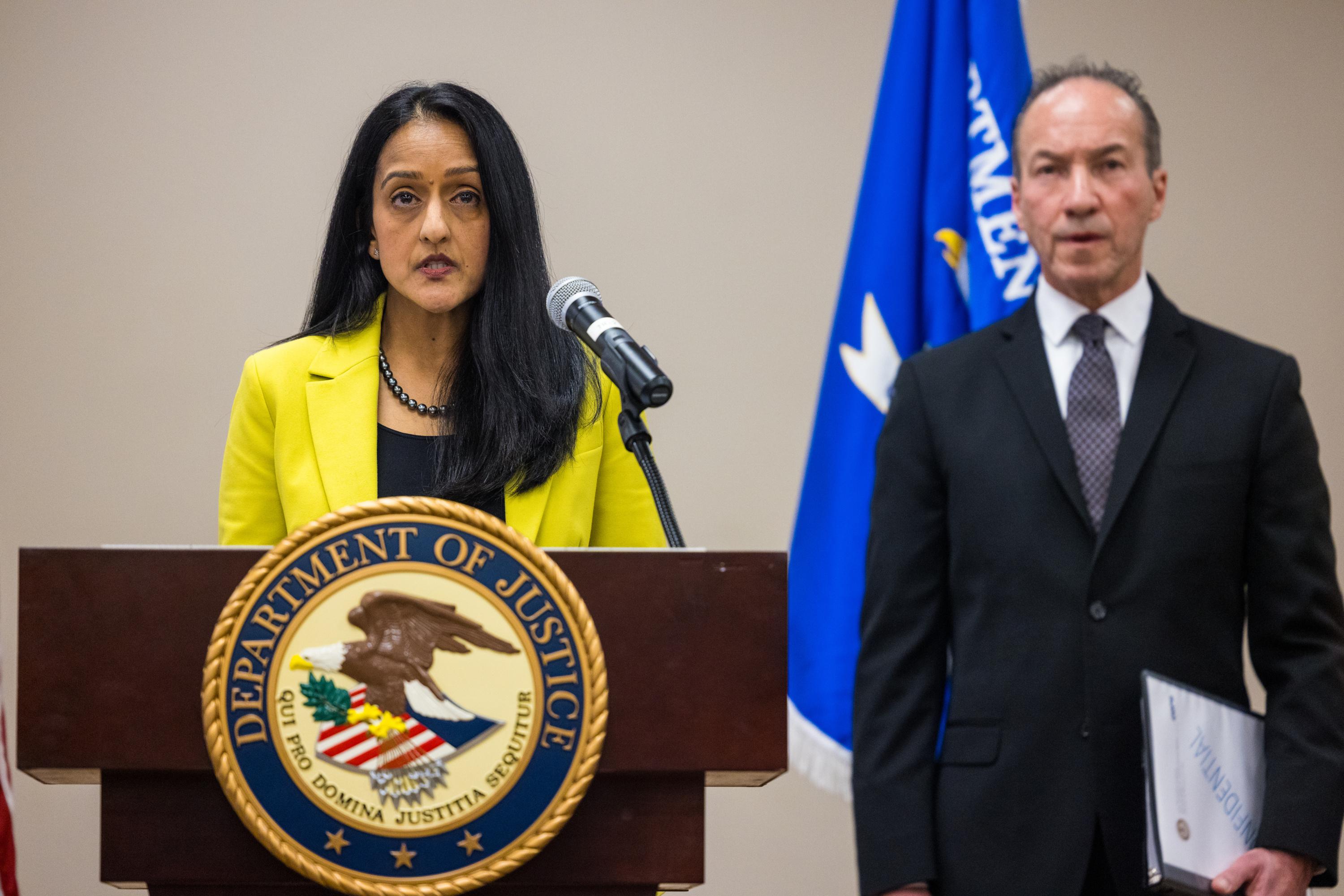
The Uvalde report was far more critical, finding failures in leadership, command and coordination.
It stated that officers wrongly treated the situation as a barricaded suspect incident instead of one in which a shooter was an active threat to children and teachers. Officers should “never” treat an active shooter with access to victims as a barricaded suspect — especially in a school, where there is a “high probability” of potential victims and innocent civilians being present, the report stated.
Officers had multiple indicators that should have made it clear they were facing an active shooter, including 911 calls from children and teachers pleading for help, a dispatcher’s announcement minutes after officers arrived that students were likely in the classroom with the shooter, and an Uvalde school police officer announcing that his wife had called to tell him she had been shot, according to the report.
Gupta condemned the medical response, saying that after police breached the classroom and killed the gunman, dead victims were placed in ambulances while children with bullet wounds were put on school buses. Many of those findings were revealed in a 2022 investigation by the Tribune, ProPublica and The Washington Post that determined medical responders did not know who was in charge and that two students and a teacher who later died still had a pulse when they were rescued from the school.
In its blistering criticism of responding officers, the report said that supervisors from various law enforcement agencies “demonstrated no urgency” in taking control of the incident, which exacerbated communication problems and added to overall confusion.
Uvalde school district Police Chief Pete Arredondo, who was listed as the incident commander in the district’s active-shooter plan, had the “necessary authority, training and tools” to lead the response but did not provide “appropriate leadership, command and control,” the report found. Arredondo could not be reached for comment Thursday through his attorney. He has previously defended his actions and those of others involved in the response.
Beyond that, no leader from any of the other responding agencies “effectively questioned the decisions and lack of urgency” demonstrated by Arredondo and Uvalde Police Department Acting Chief Mariano Pargas, who both arrived at the school within minutes of the first round of gunfire. The report listed Uvalde County Sheriff Ruben Nolasco, Uvalde County Constables Emmanuel Zamora and Johnny Field, and an unidentified Texas Ranger as examples of such leaders.
“Responding officers here in Uvalde, who also lost loved ones and who still bear the emotional scars of that day, deserved the kind of leadership and training that would have prepared them to do the work that was required,” Garland said.
The report also found that key officers, including Pargas, had no active shooter or incident command training despite, in some instances, having decades of law enforcement experience. Nolasco, the sheriff, also had no active shooter training and “minimal” incident command training.
Law enforcement training academies must ensure that active shooter training instructs officers on how to distinguish between active threats and barricaded or hostage situations, the report said. Officers should be prepared to approach the threat using the tools they have with them, which are often standard firearms. They should not wait for specialized equipment or tactical teams if they know that people are injured, the report stated.
The Tribune reported early last year that some officers were afraid to confront the gunman because he had an AR-15 rifle.
“No law enforcement agency or community can assume that what happened here — or in Newtown or in Parkland or in Columbine — can’t happen in their community,” Gupta said. “That is our reality.”
Texas Tribune reporters William Melhado and Pooja Salhotra contributed reporting.




